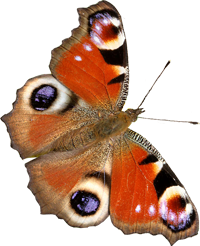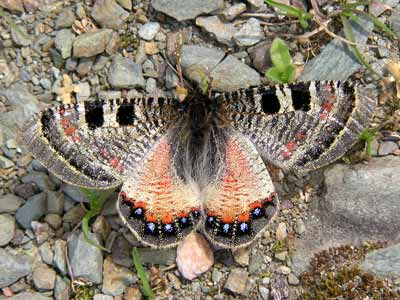
Lesbos, Greece, April 2005
The reddest female I found.
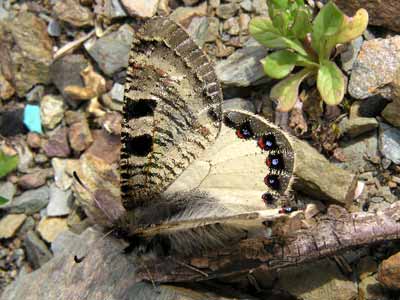
Lesbos, Greece, April 2005
Field notes and information
A dramatic species, flying very early in the year in a few areas of southeast Europe. Much of the transparent wing membranes are devoid of scales so whatever is behind the butterfly can be seen through the wings.
I found this on Lesbos in early April. It was strongly associated with olive groves. At only one site were olives absent, rather it was flying amongst sparse oak trees. These habitats are generally covered in flowers in April on Lesbos but I rarely found the butterfly feeding. When it did feed it was always on yellow flowers and usually on Compositae, which don't seem so common in these habitats.
The adults appeared to spend most of their time warming up in the warm sunshine by settling on dirt, low plants or occasionally rocks. Air temperature didn't seem an issue, provided there was direct sunshine. My first butterflies were flying with an air temperature of 7.5 degrees C - only the hibernating species large tortoiseshell and nettle tree butterfly ( Nymphalis polychloros & Libythria celtis) were hardy enough to fly with it.
Distribution & Flight: Only from the extreme southeast Europe. It is know from mainland Greece near the Turkish boarder, rumoured from Bulgaria and near Thessalonika in Greece and is found on a handful of the east Aegean islands including Lesbos and Samos. The butterfly flies very early in the year, March and April, well outside the tourist season, so it is rarely encountered unless a special effort to travel is made.
Habitat & Behaviour: We found colonies from sea level to 750m. Generally females were found lower down and males higher up. This was very noticeable on the slopes to the south and east of Mt. Olympus where males were found above the olive groves, 250m above the females.
Variation: The butterfly is notable for the very extensive scale free areas on the forewings. This increases with age, old specimens have nearly transparent forewings. The males lose much more scaling than the females. The females are usually flushed with extensive red mottling, but this is very variable. The loss of scales on the forewings makes the butterfly easy to distinguish on the wing. In flight it looks distorted by the well marked hindwing and the ghostly forewing.
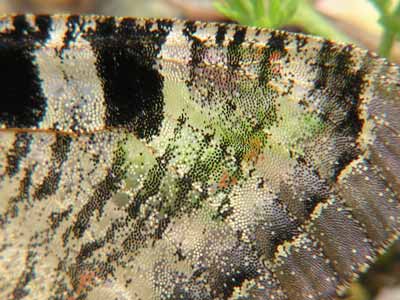
Lesbos, Greece, April 2005
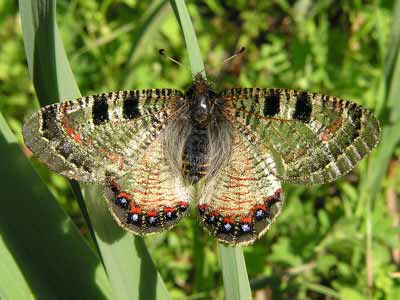
Lesbos, Greece, April 2005
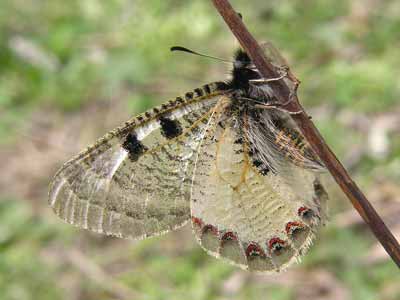
Lesbos, Greece, April 2005
This was early morning and the butterfly obligingly walked up this stick after a little encouragement. Air temperature was only 7 degC.
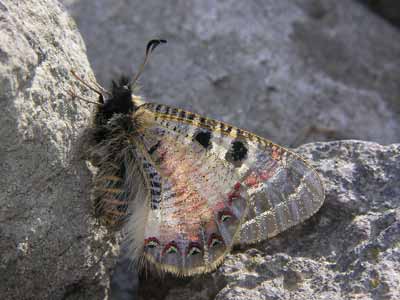
Lesbos, Greece, April 2005
A female looking for somewhere to roost for the evening.
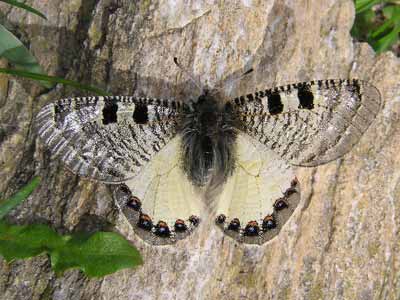
Lesbos, Greece, April 2005
Male.
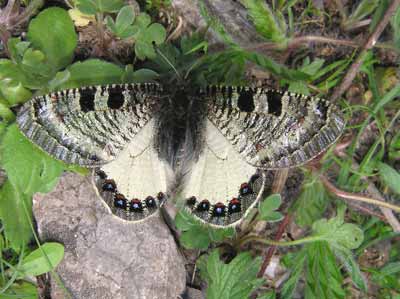
Lesbos, Greece, April 2005
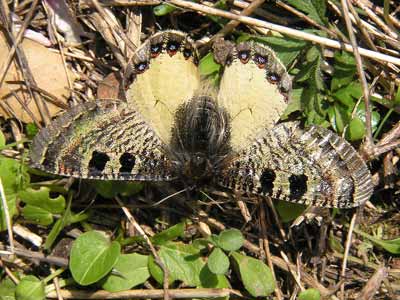
Lesbos, Greece, April 2005
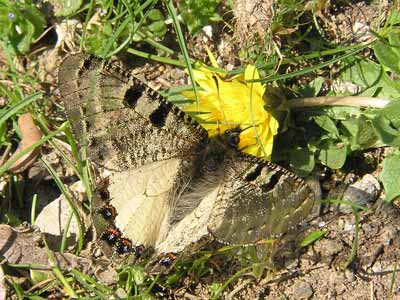
Lesbos, Greece, April 2005
Rare site - a feeding male.
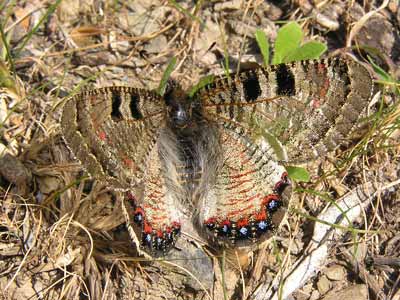
Lesbos, Greece, April 2005
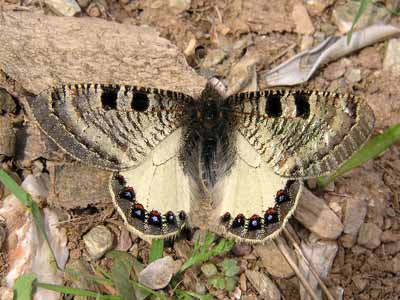
Lesbos, Greece, April 2005

Lesbos, Greece, April 2005
